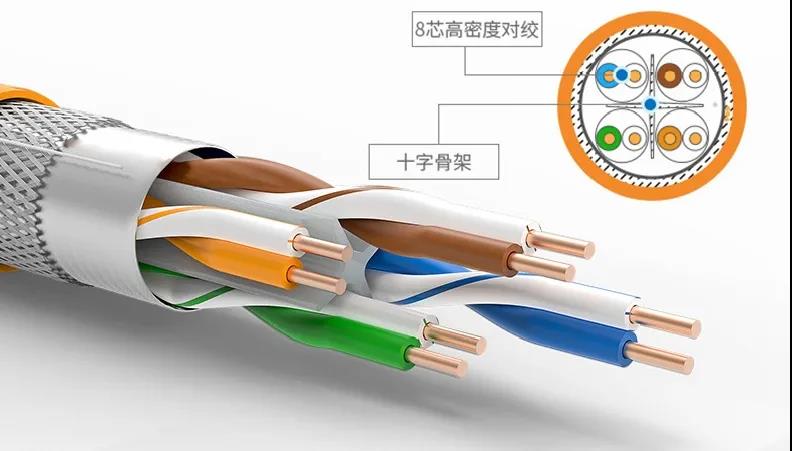
 Phone: 8613902467535
Phone: 8613902467535

Address: The third floor of Building A, Weixin Industrial Park, Shiyan shitoushan Industrial Zone, Bao'an District, Shenzhen.
Cell phone: 8613902467535
Phone: 86755-27935245
E-mail: sales@cptele.com

The difference between Category 6 and Category 5 cables
Release date: 2021/5/26 16:25:20 | Publisher: Shenzhen Cptele Electronics Co., Ltd
The former "sales crown" 100 Gigabit super Category 5 network cable has gradually faded out of people's field of vision, and has been replaced by Gigabit Category 6 network cable to become the entry-level main force of modern wiring. At the same time, the 10 Gigabit super Category 6 network cable is also the first choice for entry in the era of urban intelligent 5G and Internet of Everything, and each has become the new favorite of wiring in different fields in accordance with the times
The transmission rate of the Category 6 network cable can provide 2.5 times the high-speed bandwidth higher than the Category 5, although the maximum transmission rate of the Category 5 network cable can reach 1000Mbps, but the standard used by the Category 5 system to transmit the Gigabit network is 1000Base-T, and 1000Base-Tx is the way the Category 6 system works, from this point of view, the Category 5 system is only "able" to support Gigabit Ethernet, and the Category 6 system is "truly guaranteed" to use Gigabit Ethernet

1. Placing the four pairs of wire cores in the four grooves of the cross skeleton can make the balance performance of the pair more stable, and can effectively prevent the performance degradation caused by the change of twist moment between the pairs.
2. The cross skeleton in the center of the six types of network cables rotates with the change of length, and the four pairs of wire cores are stuck in the groove of the skeleton to maintain the position of the four pairs of wire cores, so as to ensure that the cable balance structure is not damaged during the installation process, and improve the balance characteristics and crosstalk attenuation of the cable.
3. The center cross isolation of the six types of network cables ensures the performance of NEXT and the reasonable construction bending radius
【 Return 】 【 Print 】 【 Close this window 】


